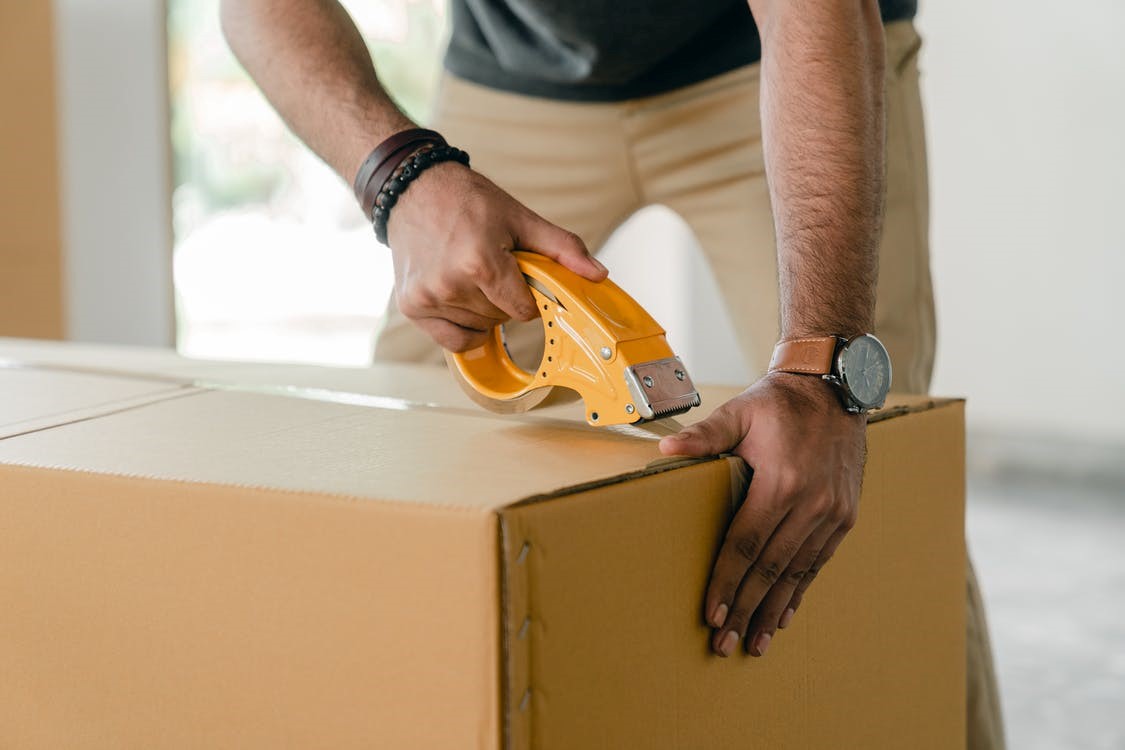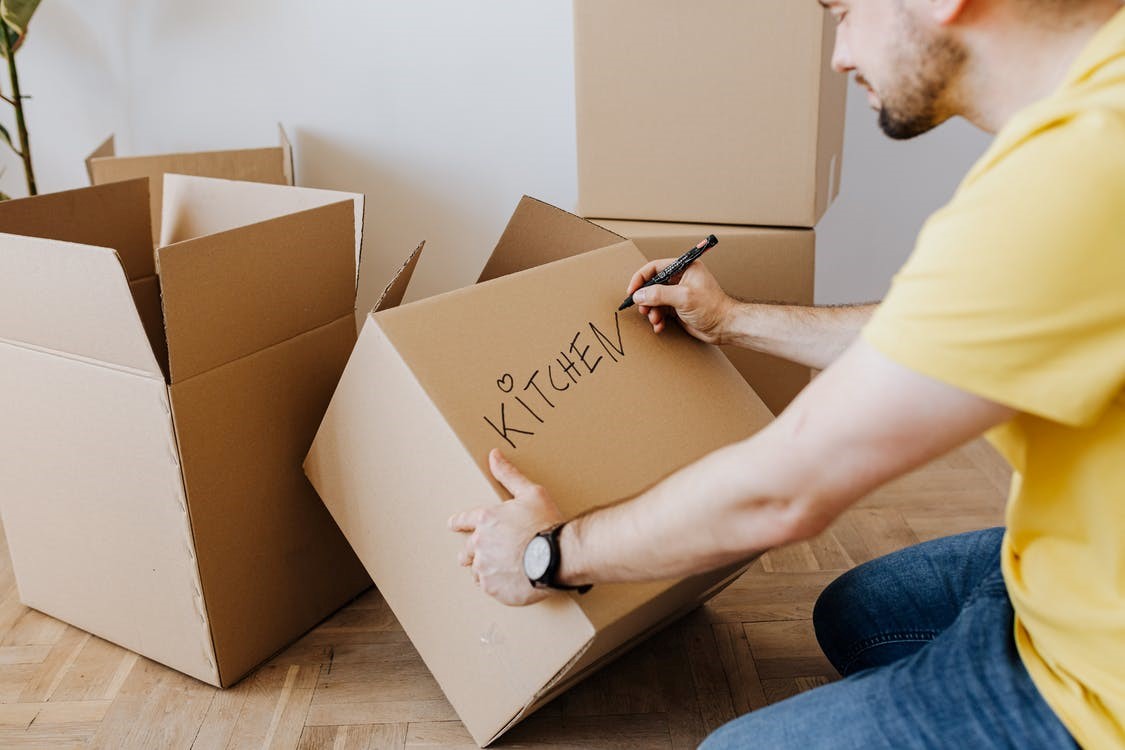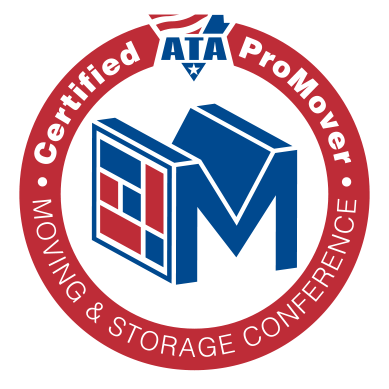Long-Distance Moving Tips to Prepare for Your Move
This blog was written by TE Johnson & Sons Professional Property Management.
 When moving house, there is a lot you have to do to keep your belongings safe and make the transition easy. Moving house is hard because you have to uproot your settled life to start fresh in a new location.
When moving house, there is a lot you have to do to keep your belongings safe and make the transition easy. Moving house is hard because you have to uproot your settled life to start fresh in a new location.
But when you are moving long-distance, the difficulties are multiplied. Along with uprooting yourself from friends, family, and familiar places, your margin for error is narrow.
Unlike in a long-distance move, when you move to a new place within the same city, you can always go back to pick up items. Your stuff is also more likely to get damaged in the long drive as well.
This post will talk about the different steps you should take when moving long-distance. Following these methods will help take the pain out of your long-distance move.
1. Find a Long-Distance Moving Company
Make a list of long-distance moving companies in your area and contact them. Have them come and look at the items you want moved. Ensure that the company you hire is reputable, do the necessary due diligence. Check for them on protectyourmove.gov to be sure they are not a broker.
2. Make Sure You Understand the Contract Terms
Before you sign a contract, understand the terms of the contract. If you ever rented a house, you know how important it is to go through and understand the terms of a lease (or a contract, in this case)! Movers will generally give you one of three types of moving estimates. These are Non-Binding Estimate, Binding Estimate, and Binding Not-To-Exceed Estimate. Understand these different types of estimates.
3. Get Additional Protection
The moving company will include protection as part of the package they offer. But this protection is insufficient. If your items are lost or damaged, you will be compensated according to the weight of the items and not their value. This is why you need additional protection. While the standard is 0.60 cents per pound, this is not enough protection.
4. Get a List of the Mover’s Prohibited Items

A mover is not going to move everything in your home; there are items movers will not transport because they are prohibited. Getting the list of prohibited items early will give you time to make alternative arrangements or dispose of the items safely. These include flammable items, paraffins, aerosols, ammunition guns, etc. Be sure to ask your mover for the full list.
5. Make a List of Tasks that Need to be Done
Moving house involves myriads of other small tasks. Without a system to remind you of what you need to do and when you will forget things or leave them until the last moment. The list must be highly detailed and it should include a list of services that need to be updated or canceled. Your mover may have a calendar to help you out.
6. Create a Plan for Packing
Are you going to pack room-by-room or by categories like books, shoes, etc.? You also need to decide the best time to pack and how many hours you want to dedicate to packing every day. To make the plan easy to follow, start parking at least three weeks early. Your mover can help do some or all of the packing as well.
7. List Your Stuff
This step will make it easy to know where things are when you need them. You can also tell if something is missing. List these items in a notebook before you put them into a packing box. Do this process in reverse when you unpack them.
8. Purge Your Home

Try not to transport items you don’t need to your new home. They will only clutter the space and transporting useless items will increase your moving costs. When sorting your stuff separate all the items you want to trash, sell, or give away into separate piles. Do not pay to move anything you do not need.
9. Dispose of Bulky Furniture
Your moving costs increase according to the weight of the items you are transporting. Unless they are really special or expensive, you should not transport furniture. It is often cheaper to buy new furniture than it is to transport them across state lines.
10. Pack Your Things Professionally
To minimize the risk of them getting damaged, pack your belongings according to these rules. Pack heavy items in small boxes. Put heavier stuff at the bottom of boxes. Wrap sharp, pointed, or fragile items several times before packing them. Tape boxes on their sides and under. Boxes should not weigh more than 50 pounds.
11. Label Boxes for Easy Identification

Do not put items for different rooms in a single box. Color codes the labels you put on boxes according to the rooms the boxes belong in. Label the boxes on the sides and top. If you have special instruction for how boxes should be handled or where they should be loaded in the truck, clearly write those details on the box.
12. Get Medical and School Records Ready
Begin the process of transferring your children to a new school by contacting their current school to get their school records. Also, get updated versions of all the medical records. You should start this process at least three weeks before moving day.
13. Change Your Postal Address
Two weeks to the day of your move, initiate the process of changing your postal address. If you do this too close to moving day, the change may not have taken effect before you arrive in your new home.
14. Secure Your Valuables and Pack a Moving Essentials Bag
Put all important documents in a bag that will always be on your person. This bag should contain legal, financial, and legal documents. Also, pack a bag for every member of the family; it should contain bathroom essentials, medications, chargers, and extra clothes.









